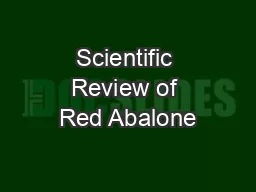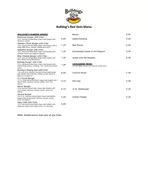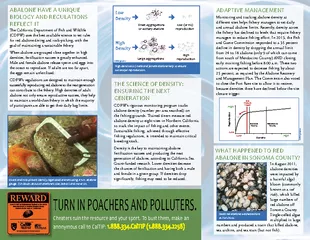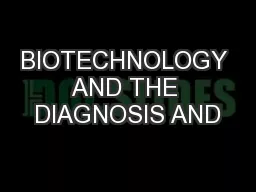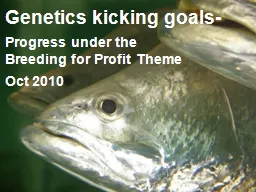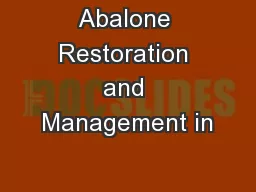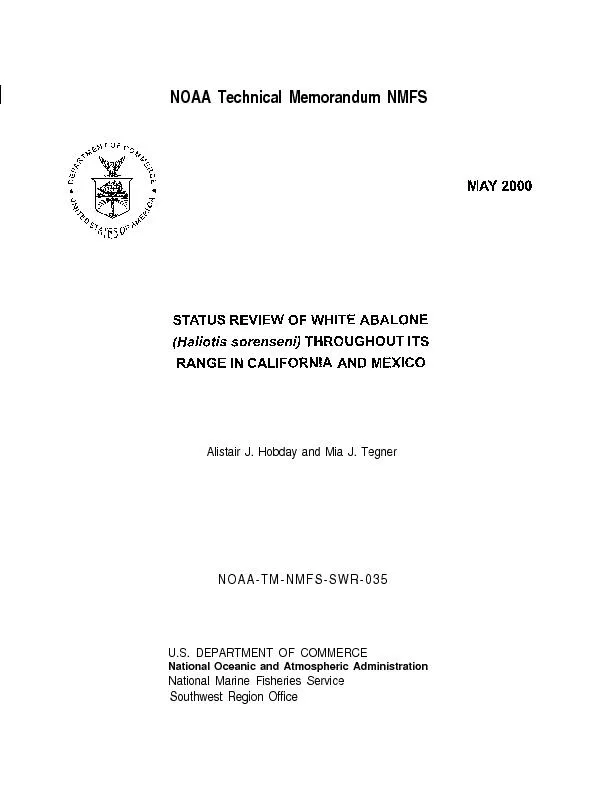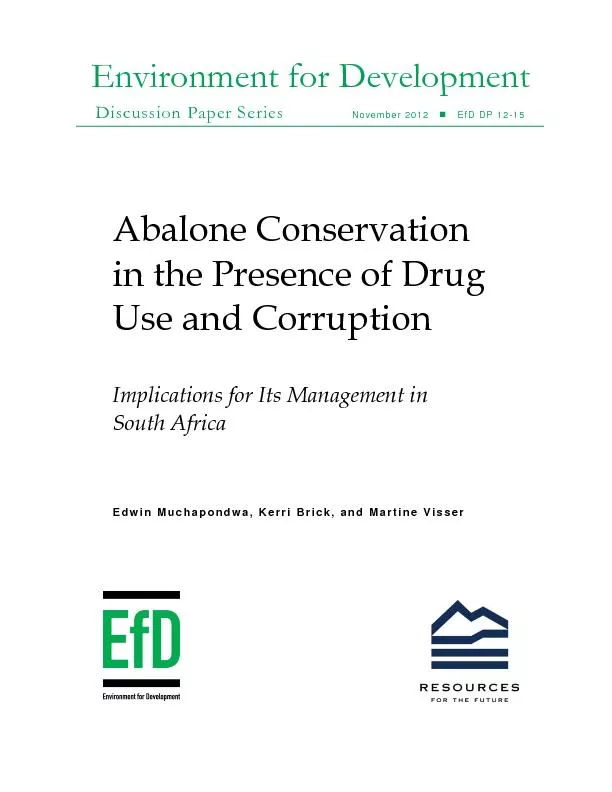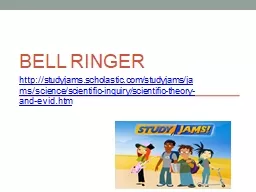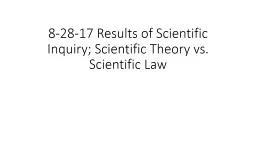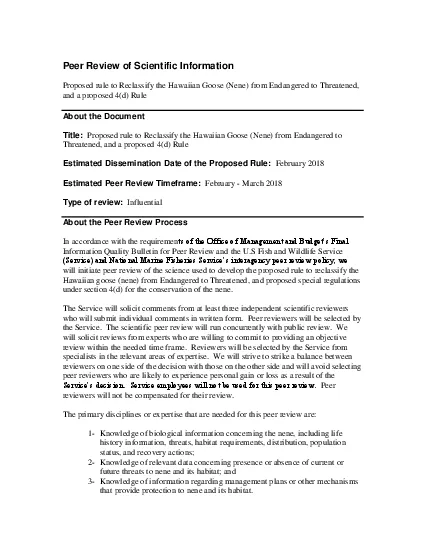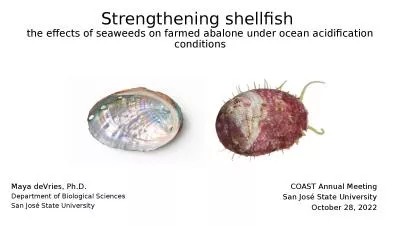PPT-Scientific Review of Red Abalone
Author : debby-jeon | Published Date : 2017-12-03
Survey and Density Estimation Methods Webinar Review Kickoff Monday September 16 2013 200 pm 500 pm Meeting Agenda 200 Overview of the Review Scope and Process
Presentation Embed Code
Download Presentation
Download Presentation The PPT/PDF document "Scientific Review of Red Abalone" is the property of its rightful owner. Permission is granted to download and print the materials on this website for personal, non-commercial use only, and to display it on your personal computer provided you do not modify the materials and that you retain all copyright notices contained in the materials. By downloading content from our website, you accept the terms of this agreement.
Scientific Review of Red Abalone: Transcript
Download Rules Of Document
"Scientific Review of Red Abalone"The content belongs to its owner. You may download and print it for personal use, without modification, and keep all copyright notices. By downloading, you agree to these terms.
Related Documents

